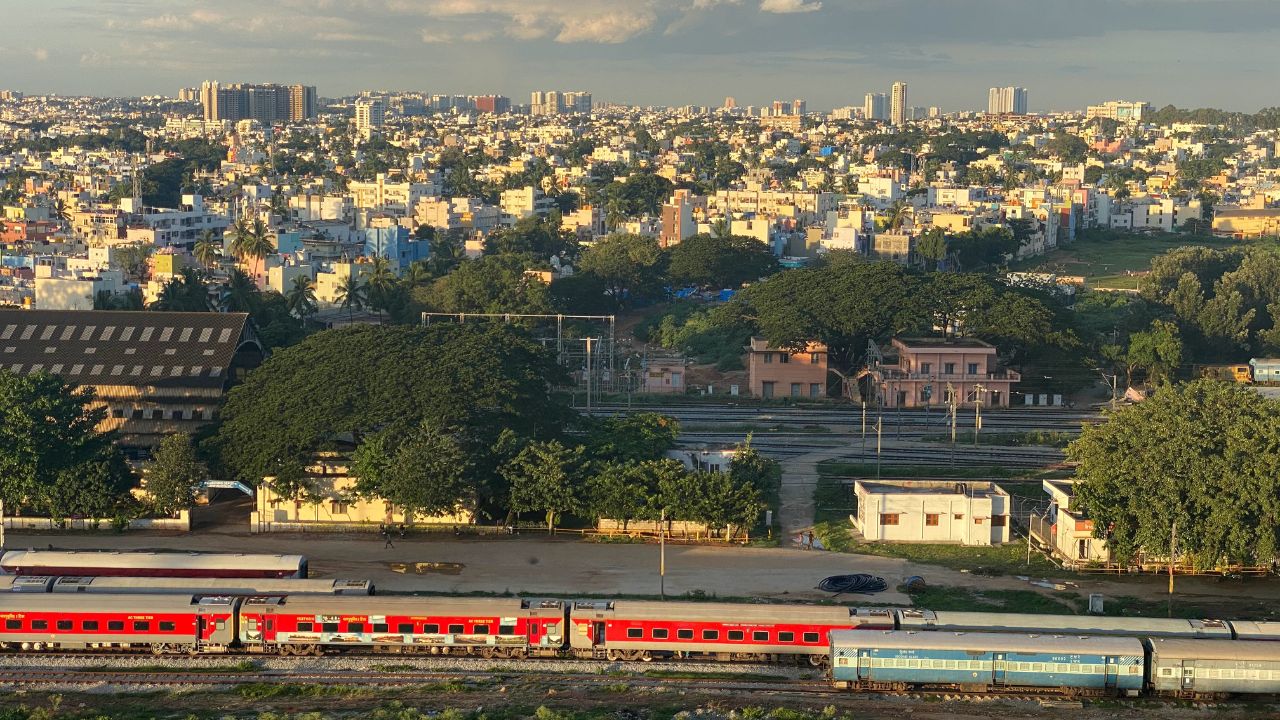The Air Quality levels in Bengaluru can improve with flexible and hybrid work conditions, according to a report by Greenpeace India Society, which studied five areas in the city where traffic is a major contributor to pollution.
Greenpeace India Society analysed air pollution index statistics for pre-pandemic, lockdown and post-lockdown periods at five areas that see heavy traffic congestion during peak hours across Bengaluru — MG Road, Silk Board Junction, BTM Layout, Bapuji Nagar and Tin Factory. These five traffic congestion points accommodate more than 500 IT and BMP companies employing lakhs of people.
During COVID-19 lockdown
However, during the lockdown, these areas had witnessed a 60 per cent reduction in traffic, as per Google Traffic Trends. AQI index parameters showed that the pollution level declined from 95 units in the pre-Covid era to 63 units in the lockdown.
After COVID-19 lockdown
After the lockdown was lifted, pollution reached the pre-pandemic level by October 2020. Mobility rose by 35% mostly due to the decline in COVID-19 cases and also Diwali amd Dasara were celebrated during that month.
Greenpeace recommended to maintain good air quality in the city. It suggested that companies should not wait for pandemic but voluntarily offer flexible work options like remote work, hybrid mode or working from bases close to the home of employees.
Rabia Shireen is a Staff Reporter at The Cognate.






































